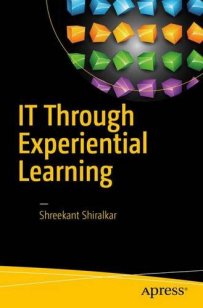
Title: Handbook of Academic Integrity
Author: Tracey Bretag
The book brings together diverse views from around the world and provides a comprehensive overview of the subject, beginning with different definitions of academic integrity through how to create the ethical academy. At the same time, the Handbook does not shy away from some of the vigorous debates in the field such as the causes of academic integrity breaches. There has been an explosion of interest in academic integrity in the last 10-20 years. New technologies that have made it easier than ever for students to ˜cut and paste™, coupled with global media scandals of high profile researchers behaving badly, have resulted in the perception that plagiarism is ˜on the rise™. This, in combination with the massification and commercialisation of higher education, has resulted in a burgeoning interest in the importance of academic integrity, how to safeguard it and how to address breaches appropriately. What may have seemed like a relatively easy topic to address “ students copying sources without attribution “ has in fact, turned out to be a very complex, interdisciplinary field of research requiring contributions from linguists, psychologists, social scientists, anthropologists, teaching and learning specialists, mathematicians, accountants, medical doctors, lawyers and philosophers, to name just a few. Despite or perhaps because of this broad interest and input, there has been no single authoritative reference work which brings together the vast, growing, interdisciplinary and at times contradictory body of literature. For both established researchers/practitioners and those new to the field, this Handbook provides a one-stop-shop as well as a launching pad for new explorations and discussions.






 The learning continues long after the training. It often extends into our family, or off-work activities, perhaps with charities we support, or committees we sit on. What we’ve discovered for ourselves in the program are principles that we make our own, usually to benefit not only of ourselves, but also those around us, and with whom we work.
The learning continues long after the training. It often extends into our family, or off-work activities, perhaps with charities we support, or committees we sit on. What we’ve discovered for ourselves in the program are principles that we make our own, usually to benefit not only of ourselves, but also those around us, and with whom we work.

![Building Data-driven React Applications with Relay, GraphQL, and Flux [Repost]](https://i0.wp.com/pxhst.co/avaxhome/7a/75/003d757a_medium.jpg)
![Building Data-driven React Applications with Relay, GraphQL, and Flux [Repost]](https://i0.wp.com/pxhst.co/avaxhome/79/75/003d7579_medium.jpg)
